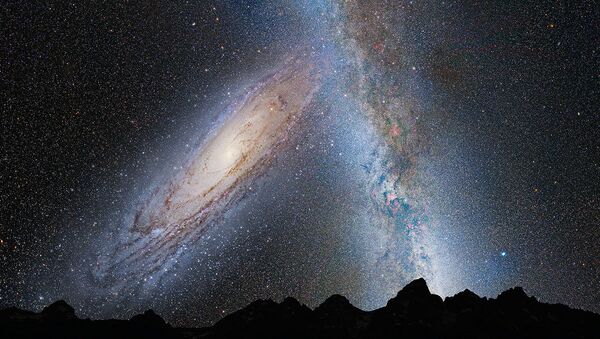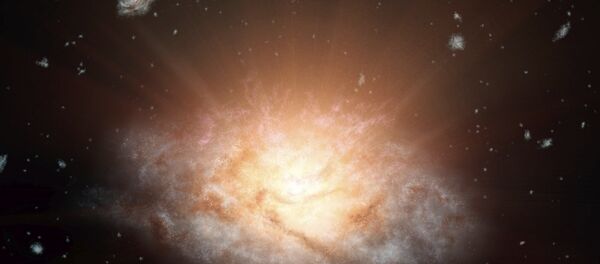Back in 1929, American astronomer Edwin Hubble proved that the Universe is inflating, judging by the movement of remote galaxies. Some 50 years later scientists found out that the Universe is inflating with acceleration.
Modern astronomy does not challenge this fact, but scientists argue about the time when the inflation began.
In the first four-five billion years after the Big Bang the Universe was collapsing. Then the mysterious dark energy, whose properties are yet to be defined, caused space to inflate with a growing speed.
Mathematically, the graph of the cosmic inflation's acceleration was not a straight line, as they expected. It was a sine wave, which means that the inflation's acceleration decreased and increased several times, seven in total, and not once, as it was thought earlier.
The scientists hope to confirm their hypothesis with the data from the Planck telescope.





